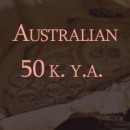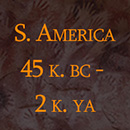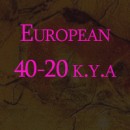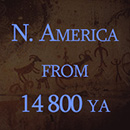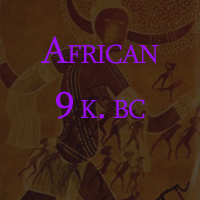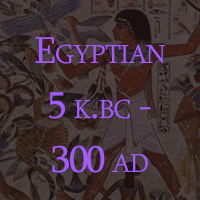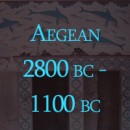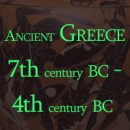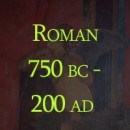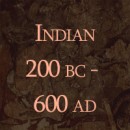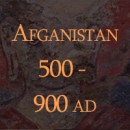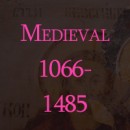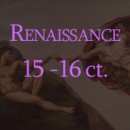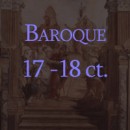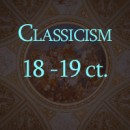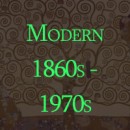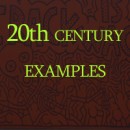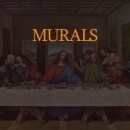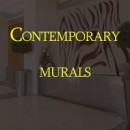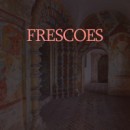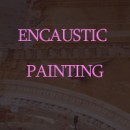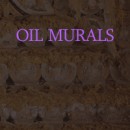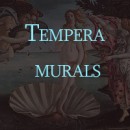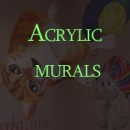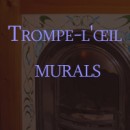We spend our time to find some facts for you.
If you think this information was interesting and usefull for you, please support the artist by donating as much or as little as you wish. This will be much appreciated. Thank you!
AUSTRALIAN CAVE ART
Australian Aboriginal rock art may be the oldest Stone Age art on the planet. Human occupation in Australia has been carbon-dated to at least 53,000 BCE, although archaeologists have so far been unable to confirm the strong suspicions of the scientific community that Australia contains the world’s oldest art.
Kakadu National park holds one of the highest concentrated areas of rock art in the world. As many as 5,000 Aboriginal sites have been found here, including rock art, shelters, stone tools, grindstones and ceremonial ochre. This detailed, dramatic record of life in Kakadu stretches back more than 50,000 years – from the first evidence of human occupation to the arrival of Europeans.
The Indigenous Australians believe the mural came from a period in which all things were created. This “Creation Period” is believed to be a time when the Ancestral Beings created the land and sea, the animals and plant life.
Wandjina, also known as Gulingi, are cloud and rain sacred spirits from Australian Aboriginal mythology. These characters are often shown on rocks accross Austrailia. Only Worrorra, Ngarinyin and Wunumbal tribes are allowed to paint or draw Wandjina. The image was trademarked in 2015, so one else is permitted to depict it. Misappropriation of the character is still rampant and you could be threatened with legal action!
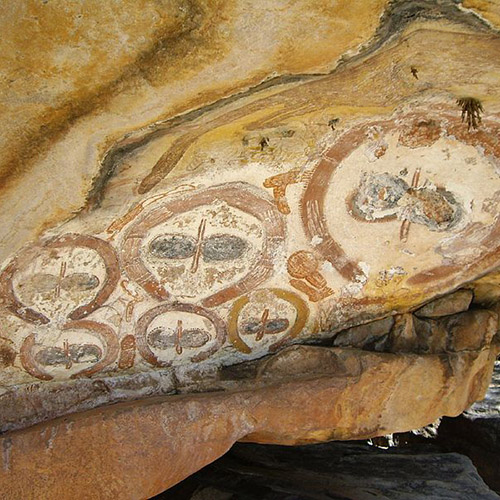
4,000 YA
Wandjina rock art on the Barnett River, Mount Elizabeth Station
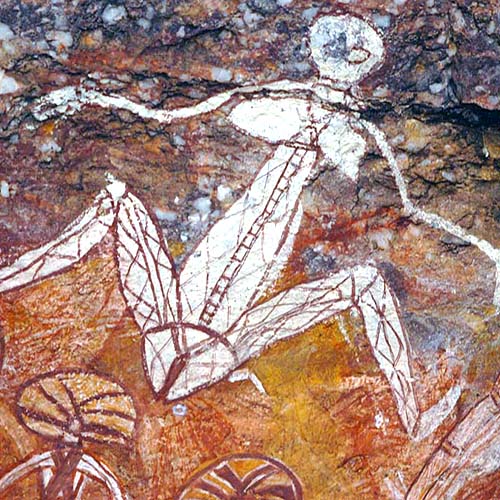
c. 20, 000 YA
Burrungkuy (Nourlangie) art site, Kakadu National Park
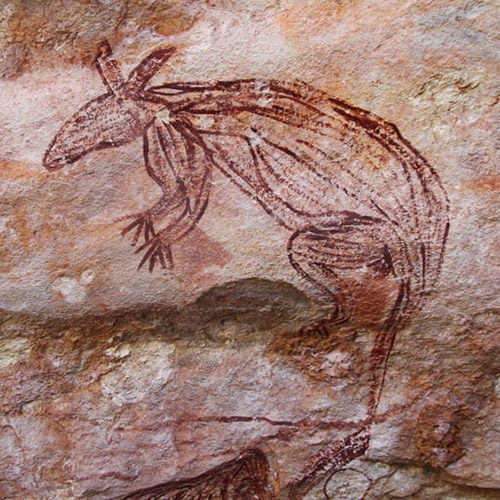
10,000 YA
Arnhem Land's Maliwawa rock art
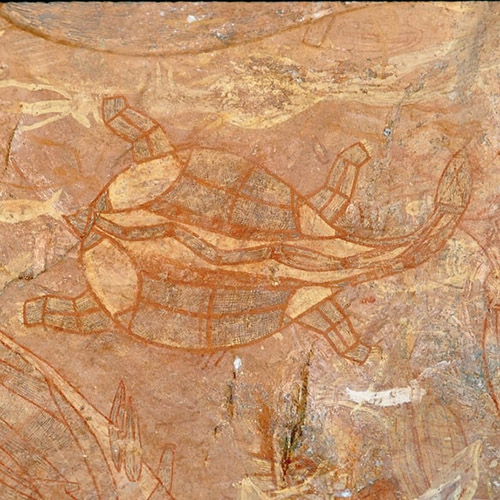
c. 30,000 BCE
Rock painting at Ubirr in Kakadu National Park
28, 000 YA
Aboriginal rock art on the Barnett River, Mount Elizabeth Stations
c. 17,000 BCE
Bradshaw rock aart, Kimberley region of Western Australia
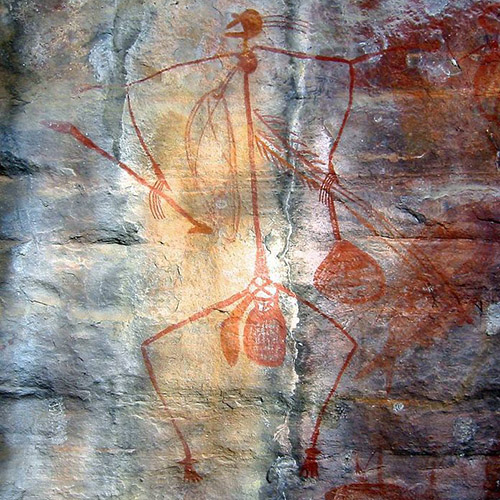
Rock painting at Ubirr in Kakadu National Park
South American Rock ART
Colombia, Brazil, Argentina, Venezuela are only a few sites with astonishing art in South America. The best known archaeological site is Pedra Furada (Brazil), a rock shelter with over 1,150 images and thousands of artifacts. Theories about the archaeology and the rock art are controversial, as she questions the putative dates for the relatively recent occupation of the Americas by anatomically modern humans, and suggesting a date in excess of 45,000 years ago based on her archaeological research at the sites.
This issue is yet to be resolved, but recently evidence of an earlier occupation of the Americas is coming to light, based on archaeological and genetic evidence. This is known as the Solutrean hypothesis - the idea of Europeans and European technology crossing the Atlantic in prehistoric times.
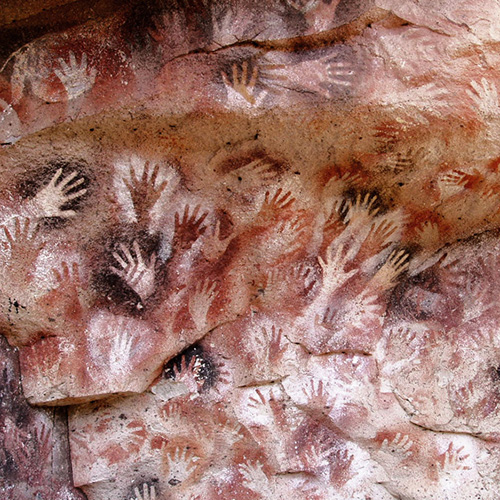
9, 000 YA
Cueva de las Manos, Argentina. 'Cave of the Hands'

2, 400 - 2, 800 YA
Chile, Taira. Llamas
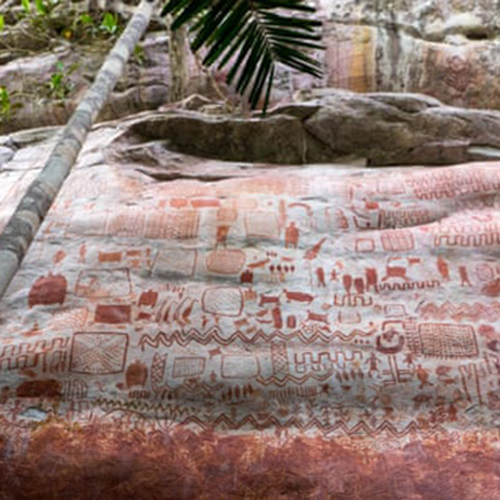
12, 500 YA
Colombia, Amazonian rainforest

2, 000 YA
Western Venezuela, Amazonian Orinoco River
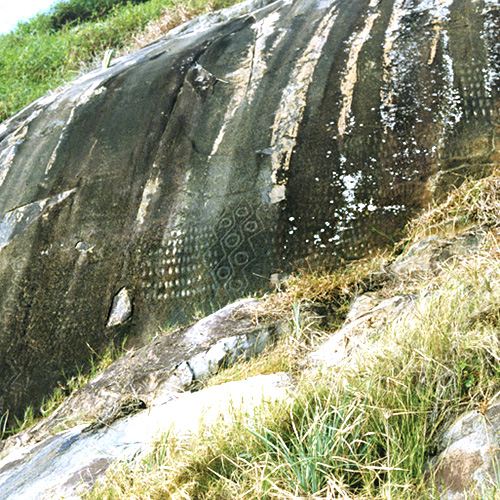
Arvoredo Island, The Great Panel of Arvoredo
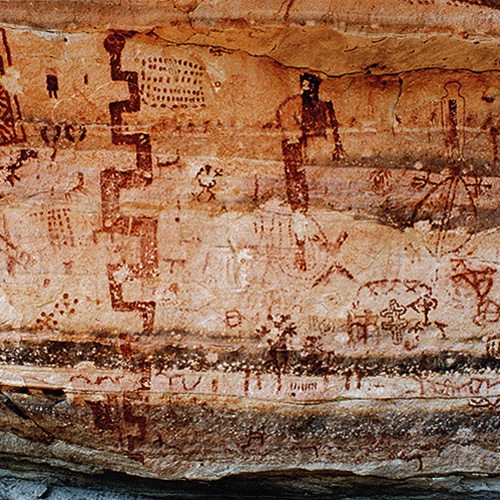
Bolivia, The Principal Pane at El Buey
EUROPEAN CAVE ART
Various images created on rocks, are dating back to the period of 150 000 years ago. But in the full sense of the term murals emerged in the late Paleolithic period, ie 40 - 20 thousand years ago. The discovery of Paleolithic art: petroglyphs, reliefs, drawings, paintings, etc., revealed artistic level of previous generations, which remained inaccessible for thousands of years.
To date, only in France discovered about 100 caves with the images, which at one time was a sensation. Then in the middle of the XIX century, people did not know the art older than the ancient Egyptian or Celtic, so it was assumed that any earlier forms, which may yet be discovered to be more primitive. There was a controversy about that, because many people did not believe prehistoric man had the intellectual capacity to produce any kind of artistic expression. It was hard to believe that in the mists of time - from ten to thirty thousand years ago - in Europe there was an art worth admiration. They were presented earlier in the paintings dominated by "portraits" of animals and hunting scenes, the images are so realistic that one of the caves was apt name of "the prehistoric Sistine Chapel" (the cave of Lascaux, 17 millennium BC). "Realistic mastery" of the ancient paintings might have many envied modern animal artists.
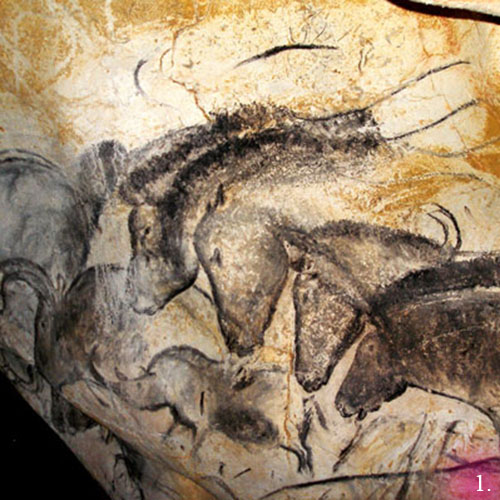
32,000 YA
Chauvet Cave, France

17,000 to 13,000 YA
Buffalo. Cave of Altamira. Northern Spain. Painted by the Magdalenian people
 rock art in Southern Siberia.jpg)
mid 3, 000 - early 1, 000 BC
The Bronze Age rock art in Southern Siberia
4, 000 - 4 ,500 YA
Galilee/Golan, Israel
North American Rock ART

The Rock Art of Arizona
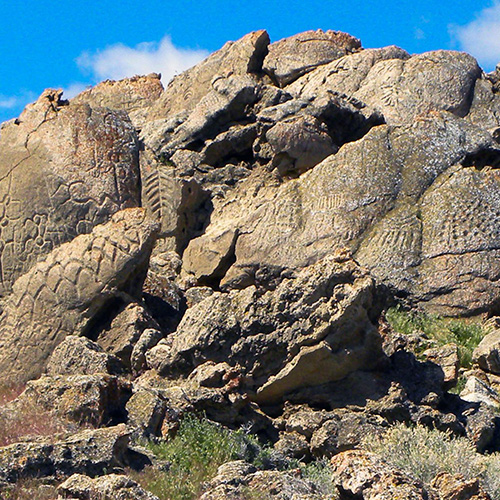
14, 800 YA
Nevada, Oldest North American Rock Art
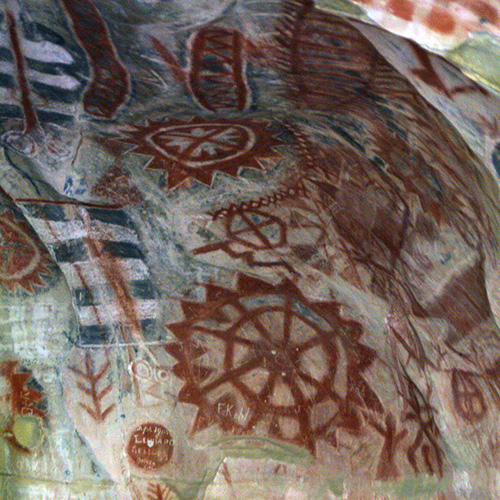
c 2000 YA
California, Rock art of the Chumash people
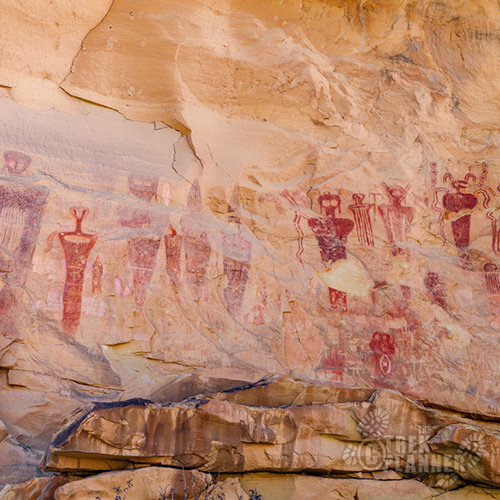
2, 000 YA
Sego Canyon Rock Art – Sego Utah
AFRICAN ROCK CARVING
A sensational discovery flurried the Sahara rock carvings of Tassili frescoesworld several years ago. In the heart of the sultry Sahara discovered rock carvings of Tassili frescoes made thousands of years ago. 6,000 BC Tassili cave paining in Sahara Desert. The age of the Saharan rock paintings is still a matter of Sahara rock carvings of Tassili frescoesheated debate. From what is known as the “Neolithic wet period”, which lasted from 9000 to 2500 BC, when much of the Sahara was habitable for humans, when the dunes were covered with grassland, supporting hippos, lions, crocodiles, zebras, giraffes, etc. The examples of Saharan rock art are paintings representing the ancient and partially extinct wildlife.
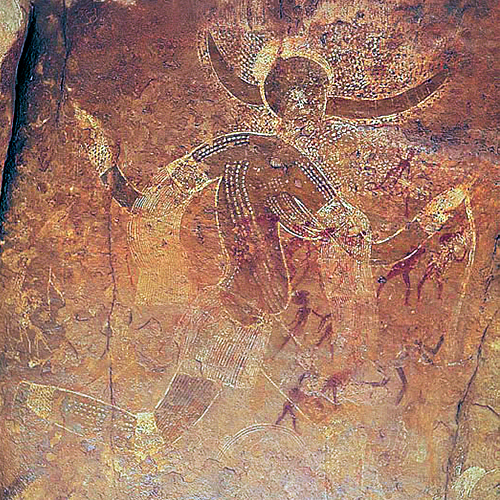
6, 000–4, 000 BC
Tassili n’Ajjer, Algeria.
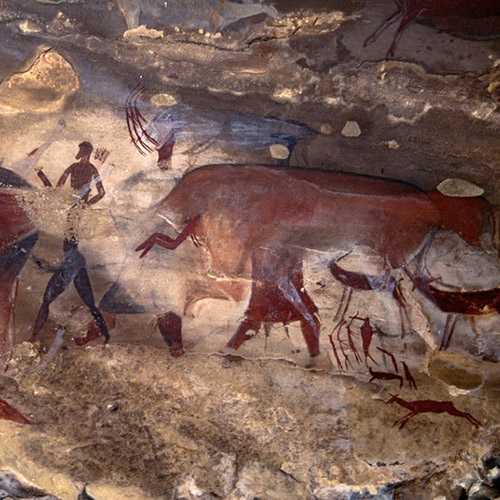
4, 000 YA
Drakensberg mountains, Lesotho, South Africa
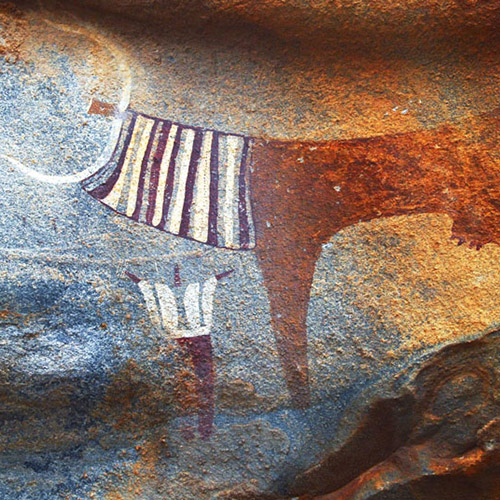
3,000 YA, or more
Las Geel, Somaliland
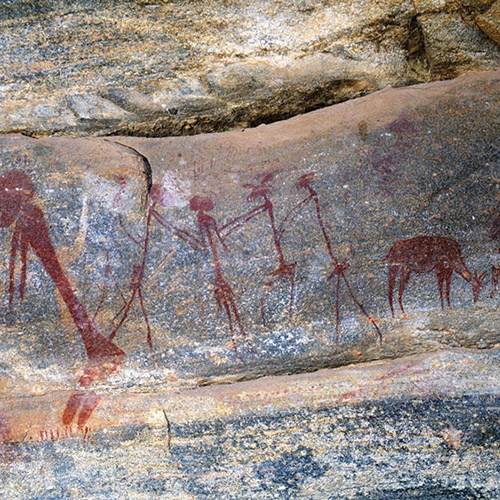
7,000 YA
The Kondoa World Heritage Site, Tanzania
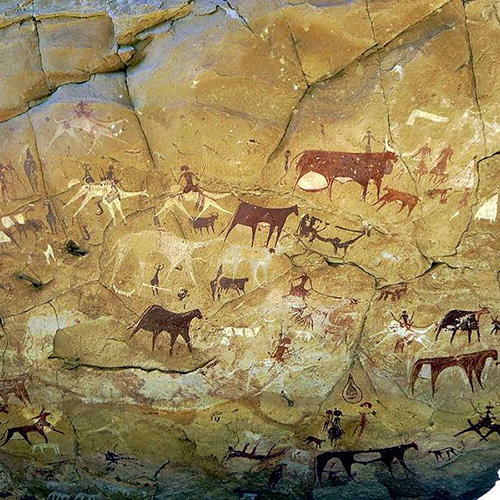
8,000 YA
Manda Guéli Cave, Ennedi_Mountains - Northeastern Chad
EGYPTIAN PAINTINGS
In ancient Egypt rhythmically organized, symbolic murals depicted a wide range of themes including ferocious battles, hunting and religious scenes. These themes were particularly predominant in the 3 - 1st millennium BC. The Egyptians like others had their own very distinctive painting style. It is characterized by a combination of decorative motifs, naturalistic detail, symbology and rich colour. Egypt, its culture and art has had much influence on artists and designers through the ages and around the world, and is still very influential even today.
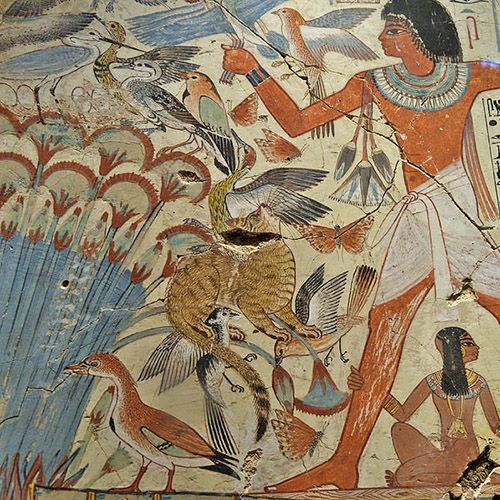
1350 BC
Marsh hunting scene, Nebamun tomb chapel, British Museum, London
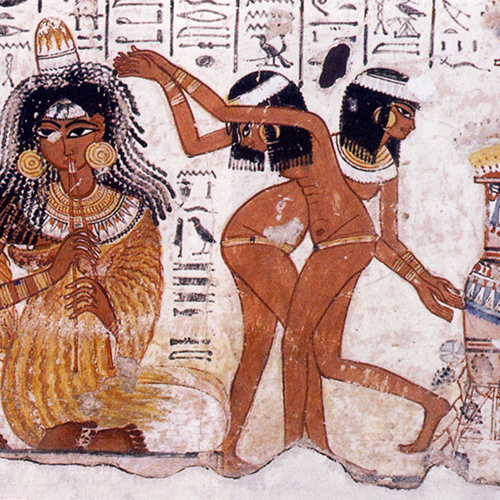
1350 BC
Tomb of Nebamun. Thebes, Egypt, Dynasty XVIII. British Museum, London
.jpg)
ca. 1, 426-1, 400 BC
Tomb of Sennefer, Mayor of Thebes during the reign of Amenhotep II

4, 400 YA
Egyptian burial ground of Saqqara
AEGEAN murals
Aegean art refers to art that was created in the Grecian lands surrounding, and the islands within, the Aegean Sea. Included in the category Aegean art is art of Minoan, Mycenaean and Cycladic cultures.
Speaking of antiquity paintings, we can not overlook the Aegean paintings palace of Knossos on Crete - the origins of Greek art. These paintings are beautiful in nature. Murals are not reserved for them with boundaries, the actual design and shape of the surface. Spot of color, dynamic, fluid, lack of symmetry, placing subjects 'wavy' song - a distinctive feature of Aegean paintings. There is no sea view. But the life of the sea - the foundation of all paintings such as: windings of the waves, shell spirals, curves of algae, floating fish, octopus, dolphins. Walls were decorated with frescoes of men and women fishing and flower gathering, the murals also portray athletic feats. The most notable of these is bull-leaping, in which an athletes grasps the bull's horns and vaults over the animal's back.
Minoan civilization is known for constructing several large and great palaces, most commonly Knossos, Phaistos, and Mallia which were destroyed around 1700 B.C. and rebuilt and then suffered some destruction again around 1500 B.C
Mycenaean art is most prominently dated between 1600 ans 1100 B.C.during the Late Helladic period of Greece.
Cycladic art originates between 2600 and 1100 B.C.
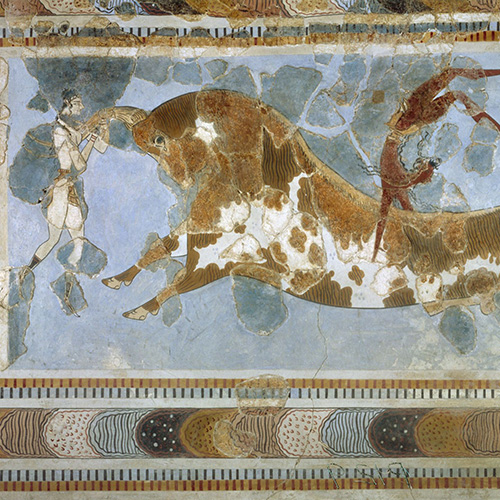
1400 BC
Bull-leaping fresco, Palace of Knossos
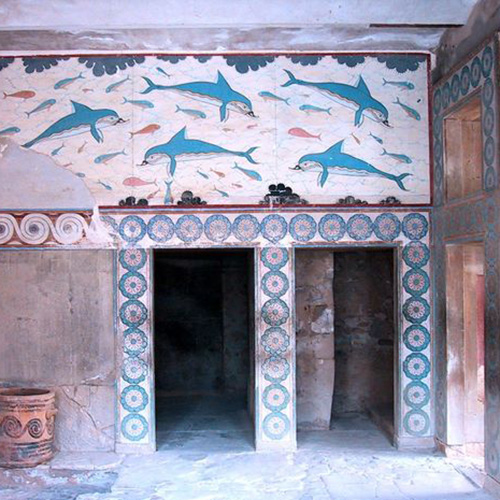
c. 1, 800 - 1, 400 BC
Wall painting of dolphins, Knossos palace
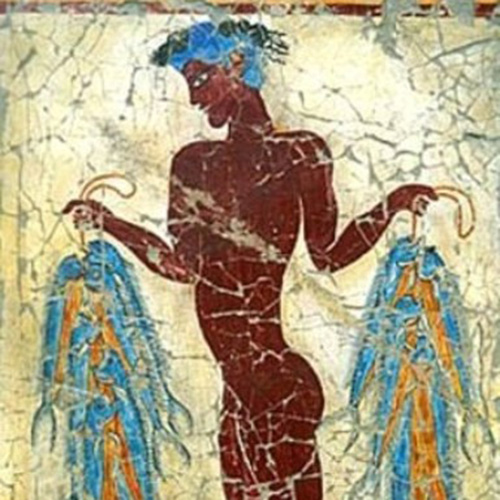
1, 500 BC
Minoan fresco, man with a fish
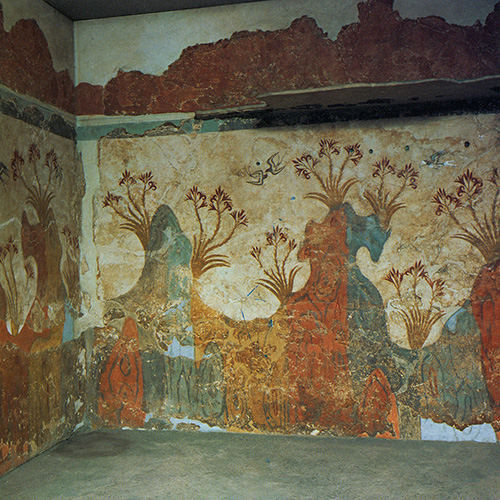
1, 550 – 1, 500 BC
"Landscape with Swallows" ancient Greece, Thira, National Museum in Athens
Ancient Greece murals
The tendency for illusory tricks in paintings was typical for the art of ancient Greece. Painters of that time already mastered techniques of chiaroscuro (meaning "light-dark" in Italian, is the use of contrast between light and dark in art.), and affinity with natural things, led the audience to amazement and admiration. Unfortunately, the original works of Greek masters of painting before us did not survived. We know them from the later Roman repetitions or from literature sources. Thus, they report that the artist painted a bunch of grapes were looking so real that birds flew to peck her and another artist, having written the curtain, put all in confusion so that the audience wanted her to draw back. These stories say that the approach to the illusion of a very prized among Greek artists and their works resemble paintings, known later as trompe l'oeil.
Due to the lack of architecture surviving intact, not many are preserved. The most notable examples are a monumental Archaic 7th century BC scene of hoplite combat from inside a temple at Kalapodi (near Thebes), the elaborate frescoes from the 4th century "Grave of Phillipp" and the "Tomb of Persephone" at Vergina in Macedonia.
Greek wall painting tradition is also reflected in contemporary grave decorations in the Greek colonies in Italy, e.g. the famous Tomb of the Diver at Paestum. Some scholars suggest that the celebrated Roman frescoes at sites like Pompeii are the direct descendants of Greek tradition, and that some of them copy famous panel paintings.
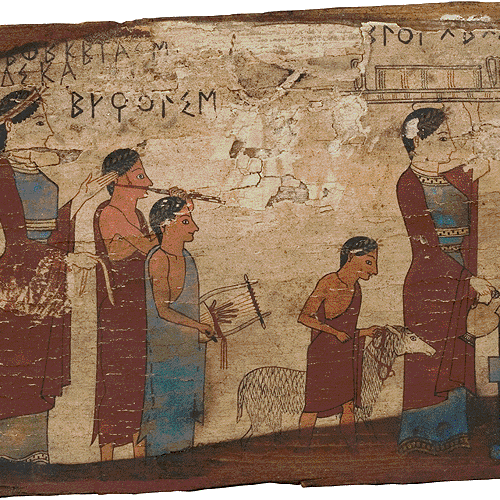
540 - 530 BC
Greek panel painting from Pitsa
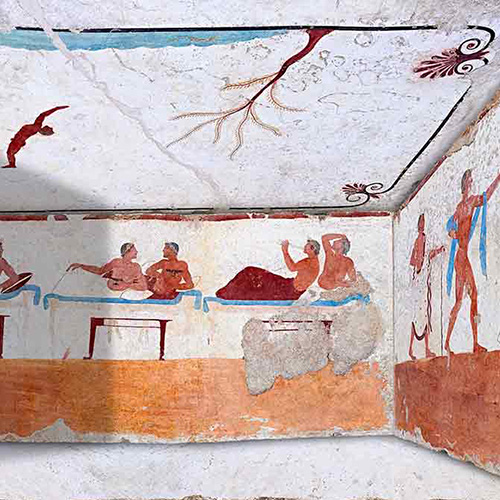
480 BC
Tomb of The Diver Paestrum
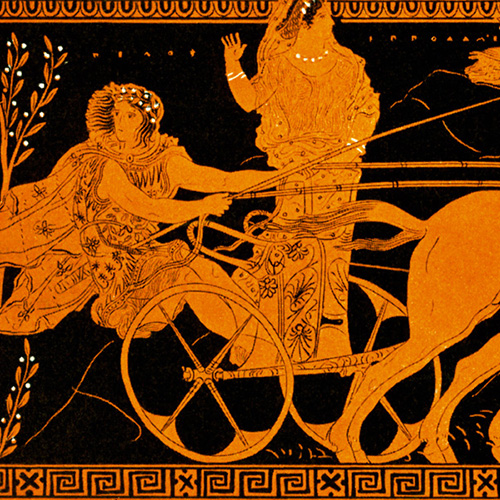
410 BC
Pelops, racing away from Oenomaus, with Hippodamia; from an Attic red-figure neck amphora, National Archaeological Museum, Arezzo, Italy
Roman Murals
Roman masters embraced traditions of Archaic Greece in their wall paintings. Their work was accompanied by increased decoration, dynamics, extensive use of landscape and architectural motifs. Spatial and illusory, visually destroying the plane wall, roman wall paintings coexisted with a planar-ornamental compositions (murals of Pompeii and Herculaneum).
These paintings were so popular that there even are 4 basic styles: "Incrustation Style", "Architectural Style", "Ornate Style", "Intricate Style". Most known Roman frescoes were Excavated frescoes from the ancient Roman city of Pompeii in southern Italy.
Coastal resorts were populated by wealthy Romans. In the first century AD Pompeii was flourishing until it decimated in AD 79 by an eruption of Mount Vesuvius that covered the city in wet ashes and cinders. Many buildings and other structures were well preserved and have been revealed by a series of excavations.
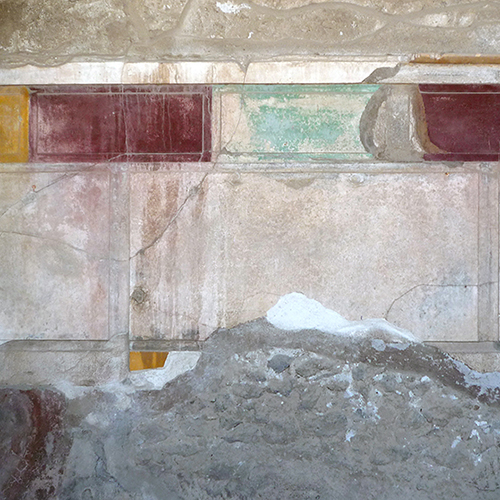
200 BC - 80 BC
Example of First Style painting, House of the Faun, Pompeii
, Villa of P. Fannius Synistor at Boscoreale.jpg)
1st century BC
Example of Second Style painting, cubiculum (bedroom), Villa of P. Fannius Synistor at Boscoreale, fresco
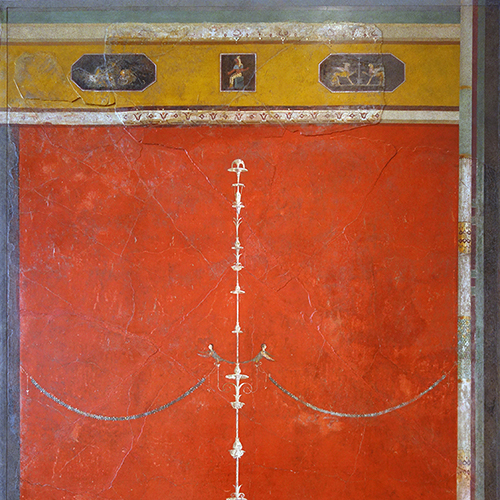
20 BC - 20 AD
Example of Third Style painting, panel with candelabrum, Villa Agrippa Postumus, Boscotrecase, last decade of the 1st century B.C.E.
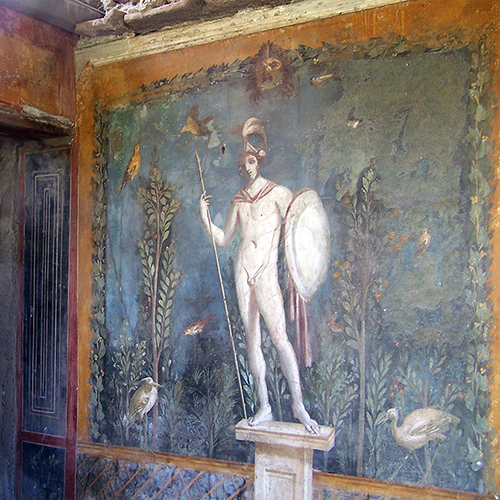
20 AD - 79 AD
Example of Fourth Style painting, fresco, Pompeii
Indian frescoes
Thanks to large number of ancient rock-cut cave temples there have been preserved valuable ancient and early medieval frescoes in more than 20 locations of India.
The frescoes on the ceilings and walls of the Ajanta Caves were painted between c. 200 BC and 600 and are the oldest known frescoes in India. They depict the Jataka tales that are stories of the Buddha's life in former existences as Bodhisattva. The narrative episodes are depicted one after another although not in a linear order. Their identification has been a core area of research on the subject since the time of the site's rediscovery in 1819. Other locations with valuable preserved ancient and early medieval frescoes include Bagh Caves, Ellora Caves, Sittanavasal, Armamalai Cave, Badami Cave Temples and other locations. Frescoes have been made in several techniques including tempera technique.The later Chola paintings were discovered in 1931 within the circumambulatory passage of the Brihadisvara Temple in India and are the first Chola specimens discovered. Researchers have discovered the technique used in these frescos. A smooth batter of limestone mixture is applied over the stones, which took two to three days to set. Within that short span, such large paintings were painted with natural organic pigments.
Frescoes also can be found in Sigiriya, situated in the central Matale District of Sri Lanka, which are reminiscent of the Ajanta Caves of India. The frescoes were created in the 5-6th centuries. They are considered a masterpiece of ancient frescoes.
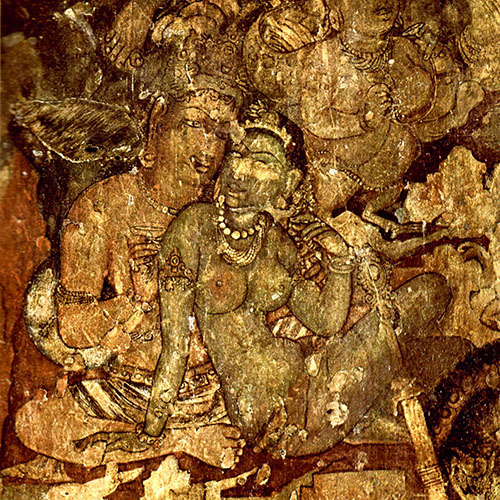
6 ct BC
Ajanta Cave Painting
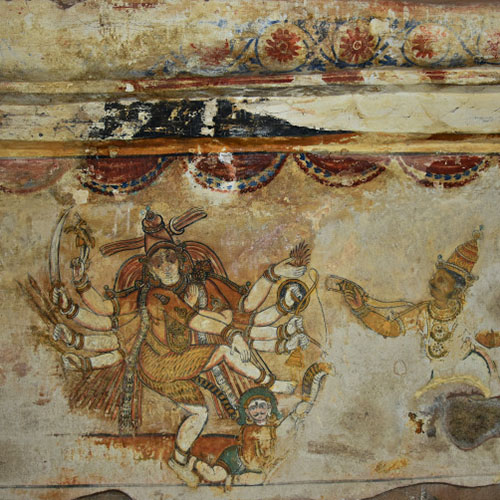
11 ct. AD
Bradishwara Temple. Armed durga fighting with dharikan
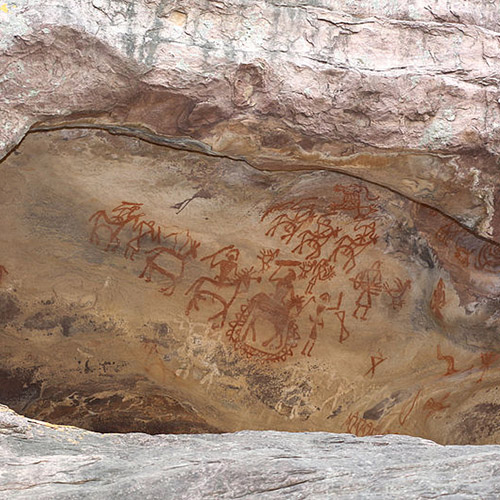
10, 000 BC
Rock Shelter, Bhimbetka
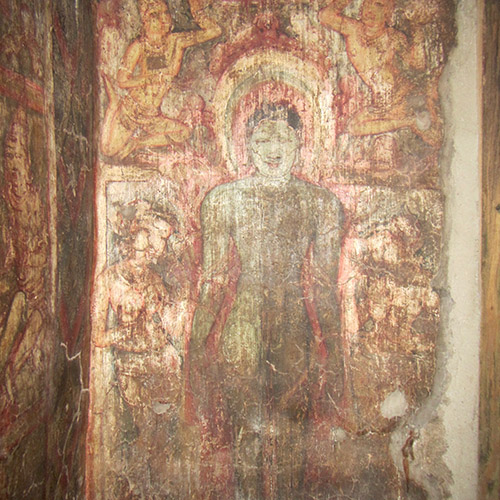
9 ct. - 10 ct. AD
The Indra Sabha, Ellora Caves
Bezeklik Thousand Buddha Caves
The Mogao grottoes' also known as "the Thousand Buddha Caves" 45,000 square meters (480,000 sq ft) of mural paintings and more than 2,000 color statues are regarded as the greatest treasure-house of Buddhist art existing in the world.
Bezeklik Thousand Buddha Caves located at the north-east of the Taklamakan Desert, near the ruins of Gaochang Ancient City. These caves are one of the largest Buddhist grotto complexes in Xinjiang, containing frescoes and statuary ranging from the naïve to the masterly. They were carved over a 900 year-long period of time between about 400 and 1,300 AD. In these grottoes, people created artwork depicting daily life and their religion. The paintings and carvings depict people of various races doing things together like playing music, standing or doing Buddhist rituals. It is hard to understand what is happening in the religious Buddhist art. It is said that there were perhaps hundreds of such grottoes, but erosion and human destruction have destroyed most of the caves and most of the art in the remaining caves.

Cave 38, life of the ancient Manichean people
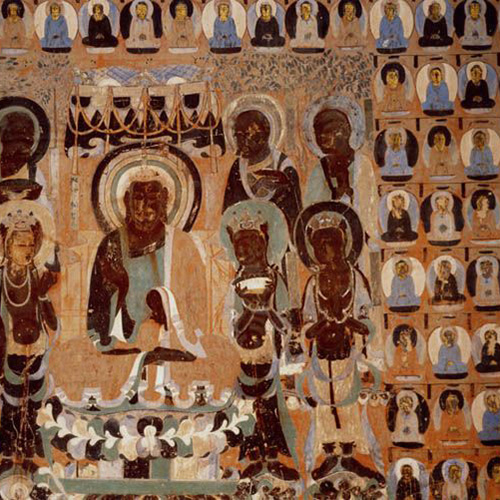
Dunhuang, Cave 419, The Thousand Buddhas.
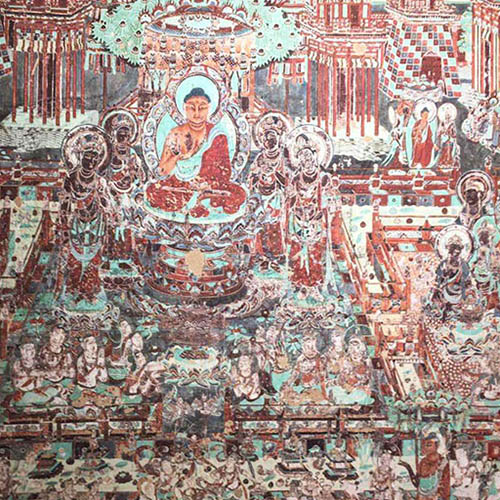
10, 000 BC
Cave 217, Mogao Caves
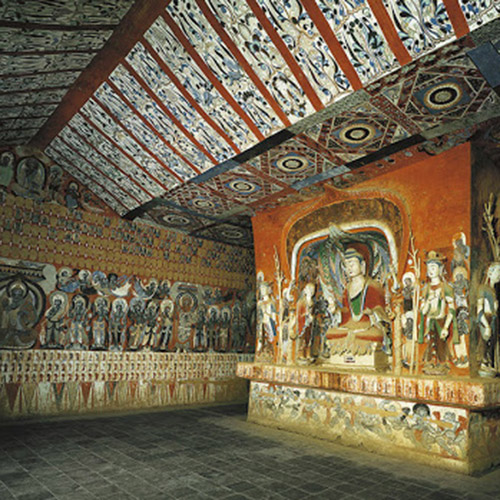
9 ct. - 10 ct. CE
Mogao caves
Discovery of Bamiyan caves in Afghanistan
Hundreds of years before Europeans supposedly invented oil painting, ancient Buddhists were using a primitive form of the method to paint murals in the Bamiyan caves of Afghanistan; The murals, hidden behind massive statues of Buddha, were defaced when the Taliban destroyed the statues in 2001.
Behind those statues, there are caves decorated with precious paintings from 5th to 9th century A.D. Painted in the mid-7th century A.D., the murals show scenes with Buddhas in vermilion robes sitting cross-legged amid palm leaves and mythical creatures. The scientists discovered that 12 out of the 50 caves were painted with oil painting technique, using perhaps walnut and poppy seed drying oils. Scientists have proved, thanks to experiments performed at the European Synchrotron Radiation Facility (ESRF), that the paintings were made of oil, hundreds of years before the technique was “invented” in Europe. In many European history and art books, oil painting is said to have started in the 15th century in Europe. But scientists have recently identified drying oils in some of the samples they studied from the Bamiyan caves. The results showed a high diversity of pigments as well as binders and the scientists identified original ingredients and alteration compounds. Apart from oil-based paint layers, some of the layers were made of natural resins, proteins, gums, and, in some cases, a resinous, varnish-like layer. Painted in the mid-7th century CE, the murals show scenes with knotty haired Buddhas in vermilion robes sitting cross-legged amid palm leaves and mythical creatures. Most of the paintings were the work of the artist traveled across Silk Road route between China across central Asia desert. Source: sciencedaily.com
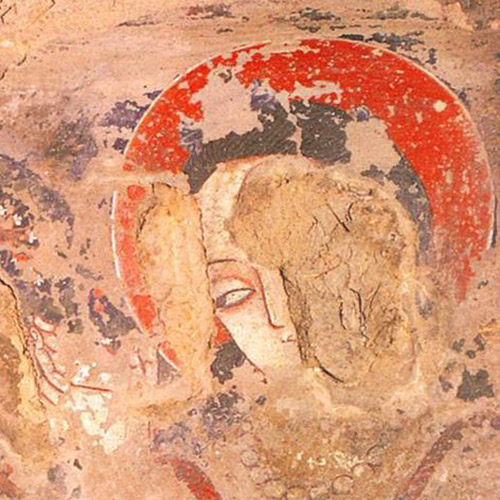
Bamiyan caves
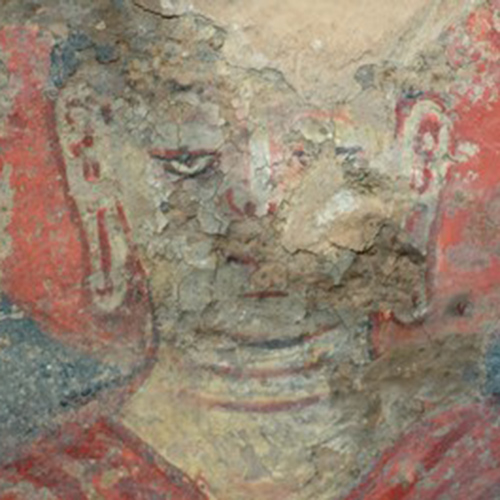
Bamiyan caves
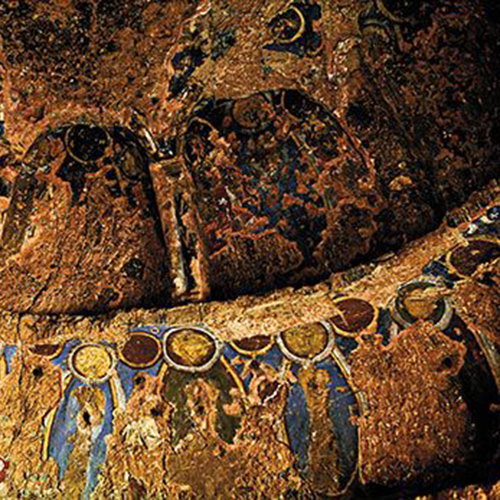
Bamiyan caves
. 6th-7th c. CE.jpg)
6 ct. - 7 ct. CE
Fragment of cupola. Kakrak Valley SE of Bamiyan
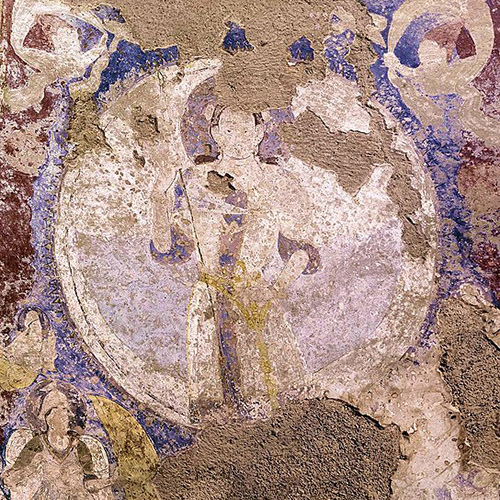
7 ct. CE
Ceiling of the smaller 38 meter Buddha
Middle Ages murals
In the Middle Ages murals that were on the walls of temples in the strict canonical order, as a rule, compositionally consistent architectural divisions interior. They were characterized by expressive, often intensely dramatic, and sometimes naive and direct linear-planar compositions.
These paintings were decorated with Romanesque buildings. In the Gothic period, the, when walls were almost devoid of smooth solid walls, produsing murals was converted into producing stained glass.

14th ct.
/Seraphim surround the divine throne.
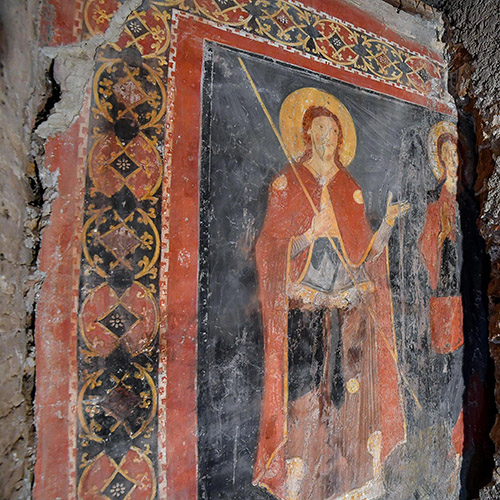
12th ct.
Medieval, found in Basilica of Saints Boniface and Alexis, Rome
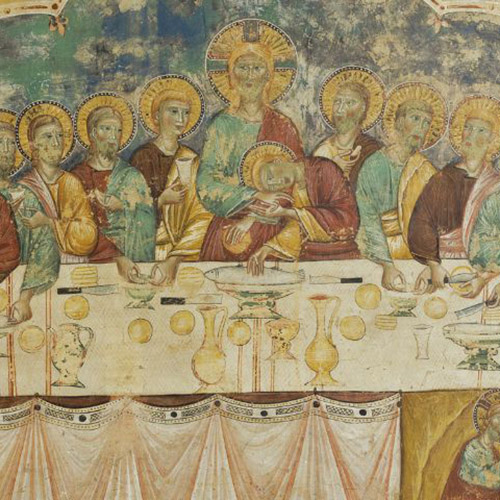
circa 1300
The Last Supper and the Agony in the Garden, Spoleto, Italy, fresco transferred to canvas, Worcester Art Museum

Lorenzetti, 1338
The Effects of Good Government, City Hall of Siena
Renaissance murals
A qualitatively new stage of development began in the murals of the Renaissance. Almost all of the masters of this period worked on murals: Giotto, Masaccio, Piero della Francesca, Leonardo da Vinci, Perugino, Raphael, Michelangelo, Veronese, etc.
These paintings are based on mathematically accurate transmission of space and perspective, as well as sculpture of the human body.
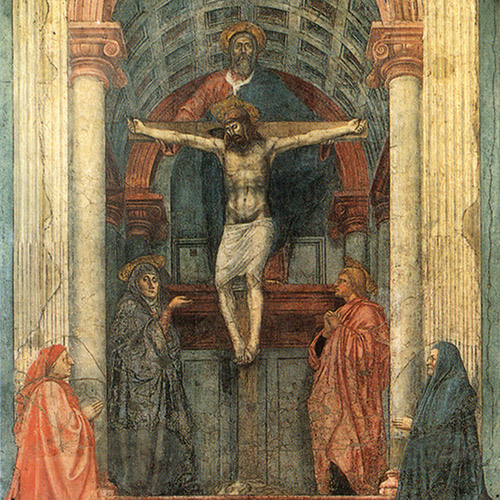
Masaccio, 1425-27
Basilica of Santa Maria Novella, fresco. Thought to be the first known example of one-point linear perspective
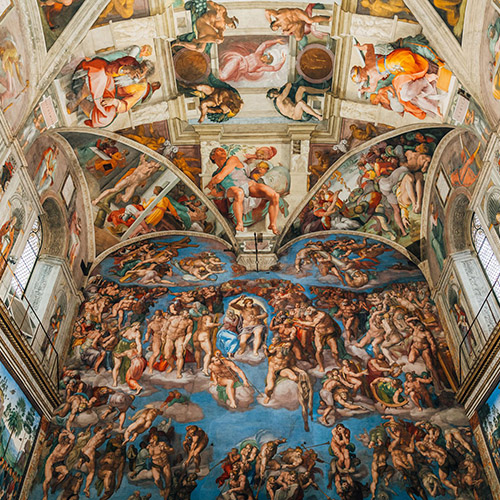
C. 1511
Sistine Chapel - Michelangelo's Painting - Vatican City
.jpg)
Raphael, 1509-11
Raphael, The School of Athens, fresco
Baroque murals
Baroque art period is 17th century to 18th century. It took the representationalism of the Renaissance to new heights. Murals created, often with emphasizing detail, movement, lighting, and drama in their search for beauty. Illusion paintings of the Baroque is sometimes achieved by ending in three-dimensional painted drapery murals with attached to it tassels or bronze stucco decoration. Perhaps the best known Baroque painters are Rembrandt, Peter Paul Rubens, Diego Velázquez, and Caravaggio
Baroque art is often seen as part of the Counter - Reformation— the artistic element of the revival of spiritual life in the Roman Catholic Church. Additionally, the emphasis that Baroque art placed on grandeur is seen as Absolutist in nature.
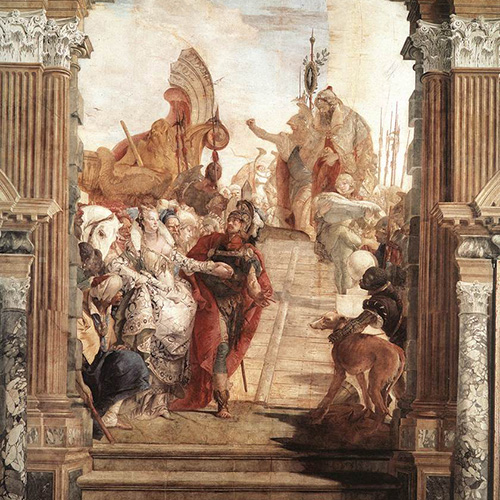
Giovanni Battista Tiepolo, 1747
The Meeting of Anthony and Cleopatra
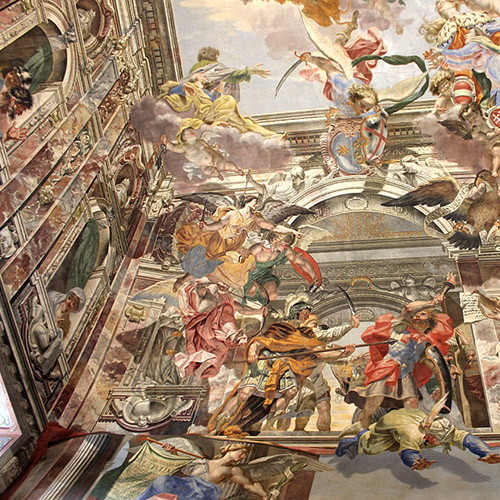
AbrahamGodijn, Isaac Godijn, 1691 - 1697
Fresco in the Hall of Honor, Troja Palace, Janus temple
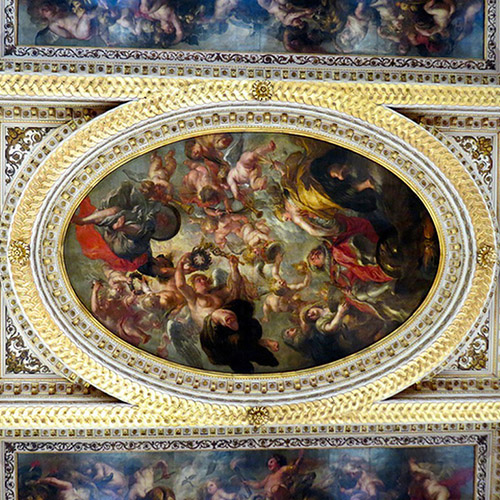
Rubens, early 17th ct.
Antwerp’s Cathedral of Our Lady, The Descent from the Cross
Classicism murals
Mural painting changed significantly. Now, an illusory space is strictly separated from the real. During the classicism (18 - early 19th cc.) Techniques in Dominating themes in images were paintings of sculpture in the technique of grisaille, architecture and landscape.
Many of the architects of this period used to fully decorate whole interiors, creating designs of door handles to vases and fireplaces.
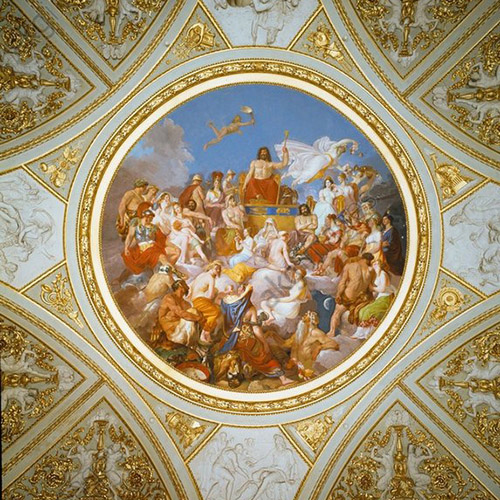
Luigi Sabatelli, 1819 - 28
Florence (Tuscany, Italy), Palazzo Pitti, Galleria Palatina, Sala dell’Iliade
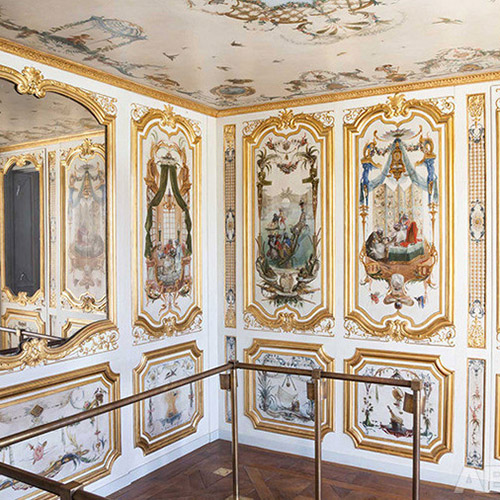
18th ct.
Chantilly, France

18th ct.
Chantilly, France. Classical interior decor, gold decorated plaster elements
Modern murals
A new period of prosperity murals comes in a period of Modern (XIX - early XX century). Features include: non-straight lines and angles in favor of more natural and "natural" lines, the interest in new technologies, the flowering of applied art.
Artists (Redon, Hodler, Gustav Klimt, Vrubel and many others) create thematic murals, emphasising rhythmic compositional and coloristic solutions. Murals could adorn not only the public buildings, but also apartments (halls, rooms, bedrooms, etc.).
The Tree of Life is an important symbol in nearly every culture. With its branches reaching into the sky, and roots deep in the earth, it dwells in three worlds - a link between heaven, the earth, and the underworld, uniting above and below. It is both a feminine symbol, bearing sustenance, and a masculine, visibly phallic symbol - another union.
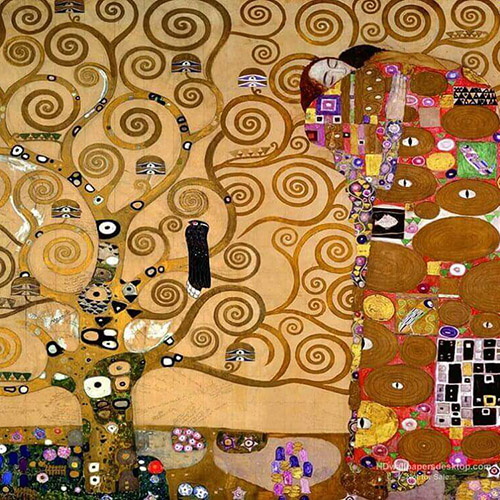
Gustav Klimt, 1905
The Tree of Life
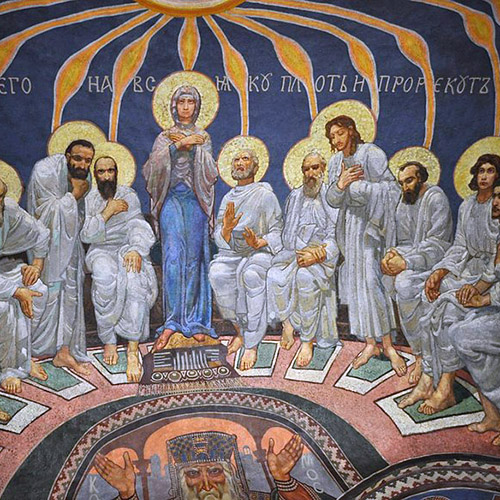
Mihail Vrubel, 1885
Chantilly, France
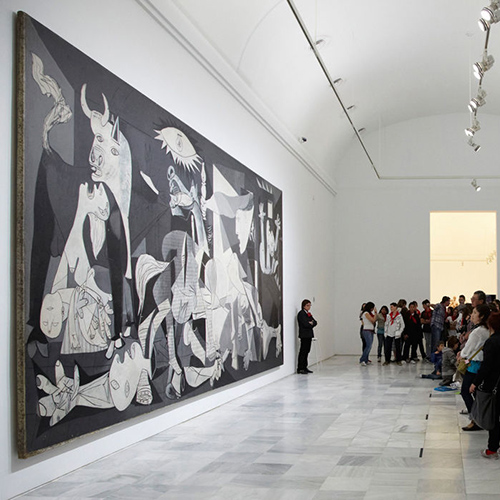
Pablo Picasso, 1937
Guernica
20th Century
From the 20th century comes a real blossoming of wall paintings. The early post-revolutionary period found many Mexican artists looking to indigenous traditions and subject matter for inspiration. A number of like-minded artists in Mexico turned to their own history and artistic heritage contributing to a renaissance of Mexican frescoes painting. None of this great artists has not missed this art form. This expression of social ideas (Mexican "muralisty"), and the search for new means of expression (French artists), etc. Plays an important role and the emergence of modern materials (silicone and acrylic paint). And while artists can create murals, based on centuries of experience in this art form.
Graffiti is writing or drawings scribbled, scratched, or sprayed illicitly on a wall or other surface in a public place. Graffiti ranges from simple written words to elaborate wall paintings, and has existed since ancient times, with examples dating back to Ancient Greece and the Roman Empire. Controversies that surround graffiti continue to create disagreement amongst city officials/law enforcement and writers who wish to display and appreciate work in public locations. There are many different types and styles of graffiti and it is a rapidly developing art form whose value is highly contested, reviled by many authorities while also subject to protection, sometimes within the same jurisdiction.
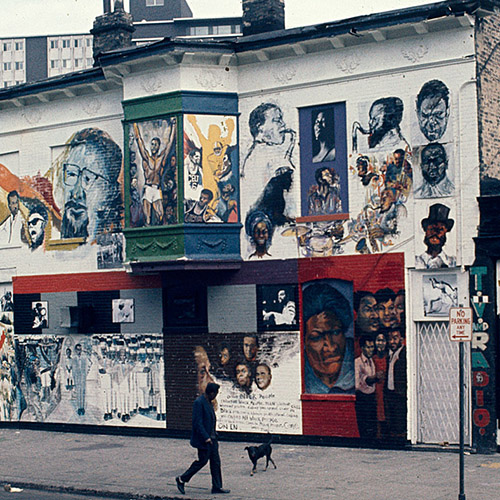
1967
The Wall of Respect
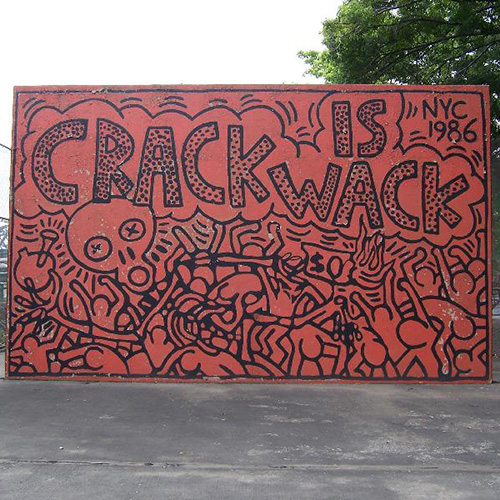
Keith Haring, 1986
Crack is Wack, Harle
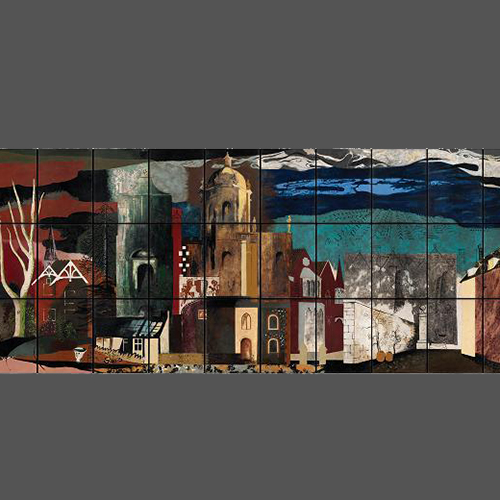
John Piper, 1951
The Englishman’s Home was one of several murals for Festival of Britain
What is mural
The picture on the wall - one of the most ancient attributes of human existence. They are older than the state and property, over farming, animal husbandry and processing of metals.Wall murals - a pictorial composition and ornaments, paints, applied directly on the plastered walls, ceilings or on canvas and other materials contained on different surfaces of architecture.
The drawings on the walls of organically connected with the architecture, they represent and are significant component synthesis of the arts. Murals are performed mainly by means of frescoes, hide glue, tempera, wax painting, oil painting, acrylic paints.
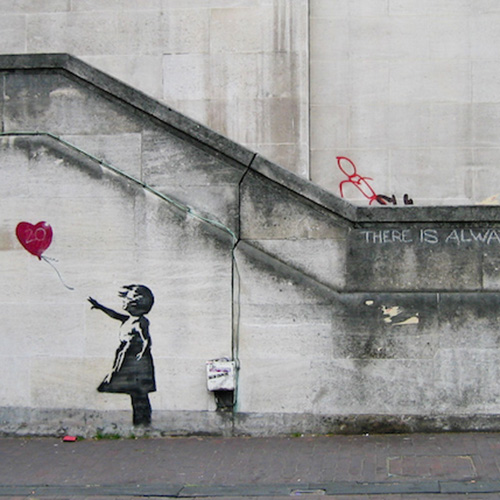
Banksy, Girl with Balloon, London, UK
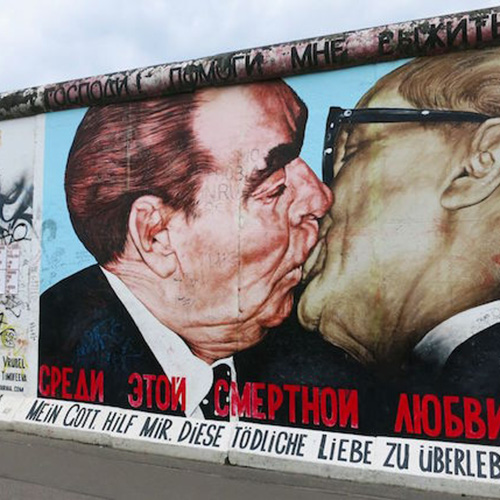
Dmitri Vrubel, My God, Help Me to Survive This Deadly Love, Berlin Wall, Germany
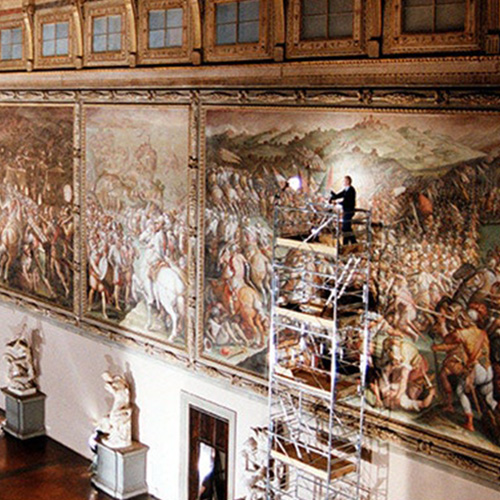
Maurizio Seracini, on scaffolding, and the “Battle of Marciano” mural
Contemporary Mural
Novadays many people like to express their individuality by commissioning an artist to paint a mural in their home, this is not an activity exclusively for owners of large houses. A mural artist is only limited by the fee and therefore the time spent on the painting; dictating the level of detail; a simple mural can be added to the smallest of walls. Private commissions can be for dining rooms, bathrooms, living rooms or, as is often the case- children's bedrooms. A child's room can be transformed into the 'fantasy world' of a forest or racing track, encouraging imaginative play and an awareness of art.
The current trend for feature walls has increased commissions for muralists in the UK. A large hand-painted mural can be designed on a specific theme, incorporate personal images and elements and may be altered during the course of painting it. The personal interaction between client and muralist is often a unique experience for an individual not usually involved in the arts. Public commissions of murals in schools, hospitals and retirement homes can achieve a pleasing and welcoming atmosphere in these caring institutions.
In the 1980s, illusionary wall painting experienced a renaissance in private homes. The reason for this revival in interior design could, in some cases be attributed to the reduction in living space for the individual. Faux architectural features as well as natural scenery and views can have the effect of 'opening out' the walls. Densely built up areas of housing may also contribute to people's feelings of being cut off from nature in its free form. A mural commission of this sort may be an attempt by some people to re-establish a balance with nature.
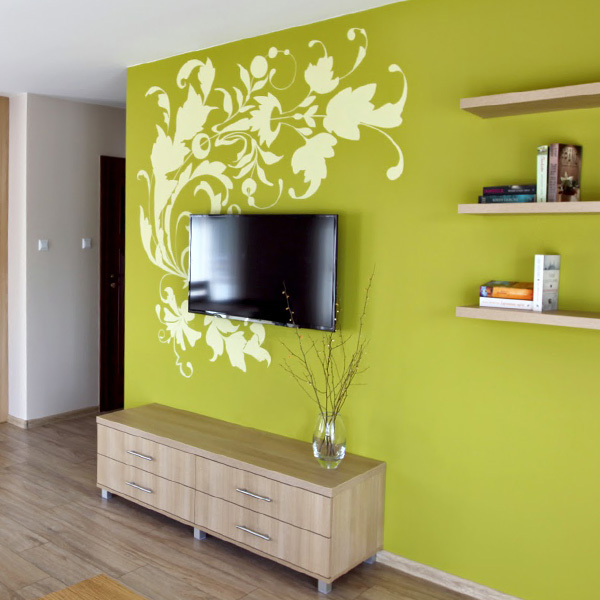
Green Floral Sitting room mural, private premices, Ulianka
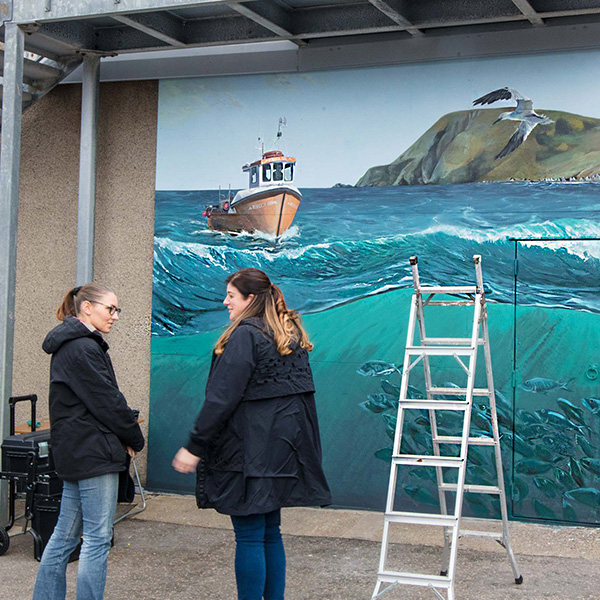
Gardenstown Harbour, Painting sea boat mural, private commission, Ulianka
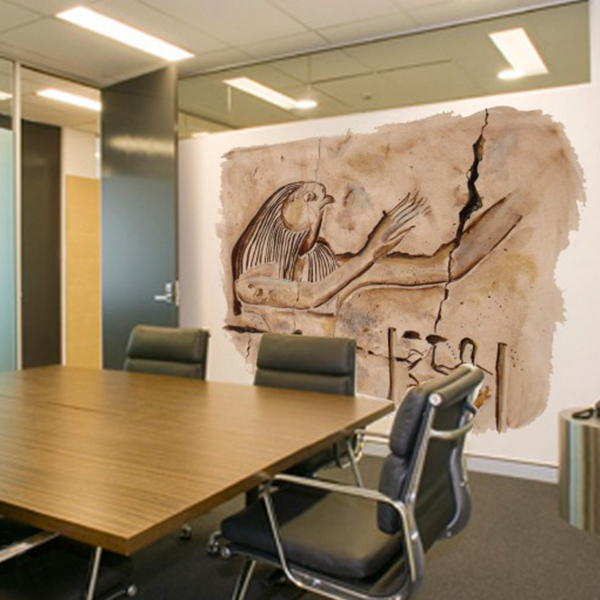
Meeting room mural, Ulianka
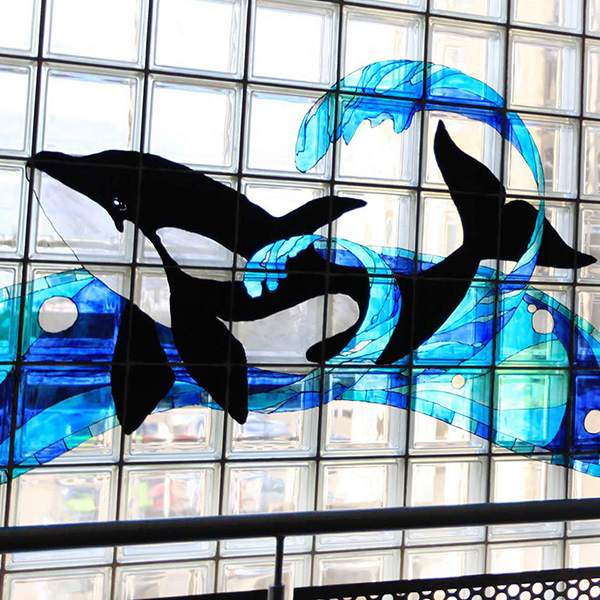
Orca glass painting, Marine Scotland Laboratory, Ulianka
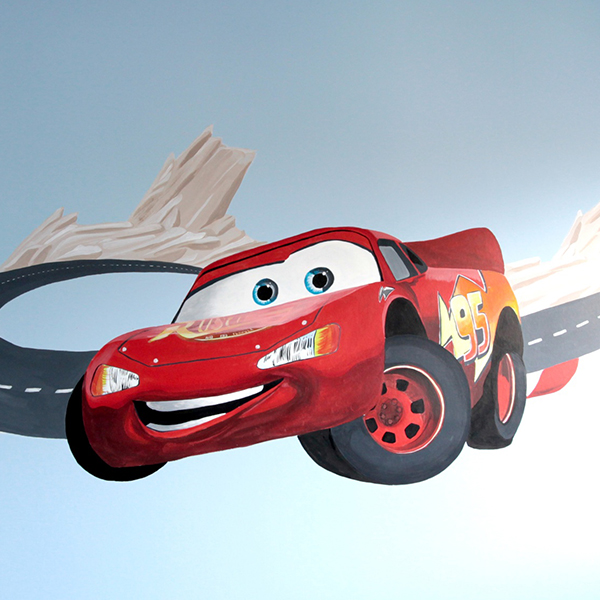
Boys room mural, Ulianka
What is Fresco
Fresco is a technique used for painting murals. The art term Fresco (Italian for 'fresh') describes the method of painting in which pigments are mixed solely with water (no binding agent used). Mineral pigments ground in distilled water are painted directly onto freshly laid lime-plaster ground (surface). The still-wet wall absorbs the liquid paint pigments. When the wall dries, the pigments are chemically sealed inside the wall. Before paint was applied, the artist usually made a preparatory drawing (sinopia) in red chalk. Frescos can last thousands of years. There are three main types of fresco technique: Buon or true fresco, Secco and Mezzo-fresco.
Types of FrescoesBuon fresco, the most common fresco method, involves the use of pigments mixed with water (without a binding agent) on a thin layer of wet, fresh, lime mortar or plaster (intonaco). The pigment is absorbed into the wall as described above.
Secco pfresco is done on dry plaster and therefore requires a binding medium, (eg. egg tempera, glue or oil) to attach the pigment to the wall.
Mezzo fresco involves painting onto almost but not quite dry intonaco so that the pigment only penetrates slightly into the plaster. By 1600 this had largely replaced buon fresco on murals and ceilings.
A fresco as wel as mural is a painting that is ended on a wall. Fresco is a special way of painting pictures. All wall paintings are sometimes called frescoes by mistake. A true fresco is painted onto still wet plaster. The plaster has been laid on the wall that day and is still damp.
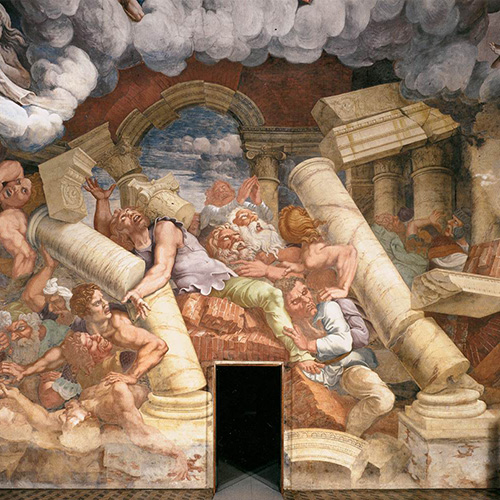
1532 - 1534
Buon fresco, Giulio Romano's fresco work at the Palazzo del Te in Mantua

11 st.
Secco fresco, Pranidhi, Turfan, Xinjiang, Bezeklik. Fresco-secco wall painting State Hermitage Museum, St Petersburg

1751
Mezzo fresco, Imperial Hall of the Residenz, Würzburg, The Marriage of the Emperor Frederick Barbarossa to Beatrice of Burgundy, Tiepolo,Govanni Battista
What is Encaustic painting
Encaustic Painting known as the most ancient technique. All paints need a binding agent. Early paints contained a water-based glue made from the skins of animals. Encaustic Painting was one of the principal fine art techniques of the ancient world, widely used in Egyptian, Greek, Roman and Byzantine art, encaustic painting uses hot beeswax as a binding medium to hold colored pigments and to facilitate their application to a surface. The word 'encaustic' derives from the Greek word meaning 'burnt in'. Ancient artists applied the paint using brushes and spatulas to create the image. On completion, they applied a flaming torch to the painting's surface, to reheat the wax, causing it to meld permanently with the pigments and with (egg) the wall.
Numerous monumental painting were carried out in Ancient East, Egyptian, medieval India, Central Asia, Japan and China, Russia (17ct.) Many Encaustic Paintings were created in 2nd part of 18—19 century in public buildings, churches and palaces of the European and American architecture. In the twentieth century glutinous painting serves mainly for execution of sketches and theatrical sceneries, posters and decorative panels
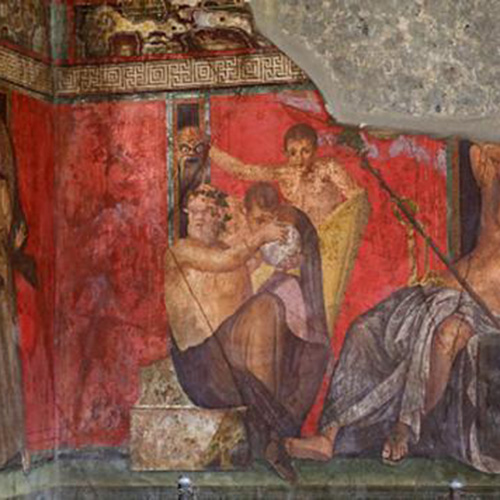
200 BC - 80 BC
Wall decorations of Pompei
 Encaustic and gold leaf; Anfiteatro Bolivar, Escuela Nacional Preparatoria, Mexico City, Mexico. Latin American Art of the 20th Century..jpg)
20th Century
Creation, 1922-1923 Diego Rivera, Mexico City
7th century
The Blachernitissa Icon of the Theotokos. Courtesy Tretyakov Gallery, Moscow.
Oil Murals
Oil paint can be said to be the least satisfactory medium for murals because of its lack of brilliance in colour. Also the pigments are yellowed by the binder or are more easily affected by atmospheric conditions. Earliest Oil Paintings Found in Famed Afghan Caves. A Buddhist mural dated to around the seventh century A.D. is one of many in Afghanistan's Bamian Valley that were recently found to contain oil- and resin-based paints. Its artists used an oil-based paint, in an early example of mixing organic binding agents with pigments. The murals were painted using a structured, multilayered technique reminiscent of early European methods. The painters first applied a white base layer of a lead compound. Then an upper layer—natural or artificial pigments mixed with either resins or walnut or poppy seed drying oils—was added. Oil is used in paints to help fix dyes and help them adhere to surfaces. It also changes a paint’s drying time and viscosity. Europeans began using oil in their pictures by about 800 A.D., but the new research on the Central Asian pushes back the onset of oil-based painting by at least a hundred years.
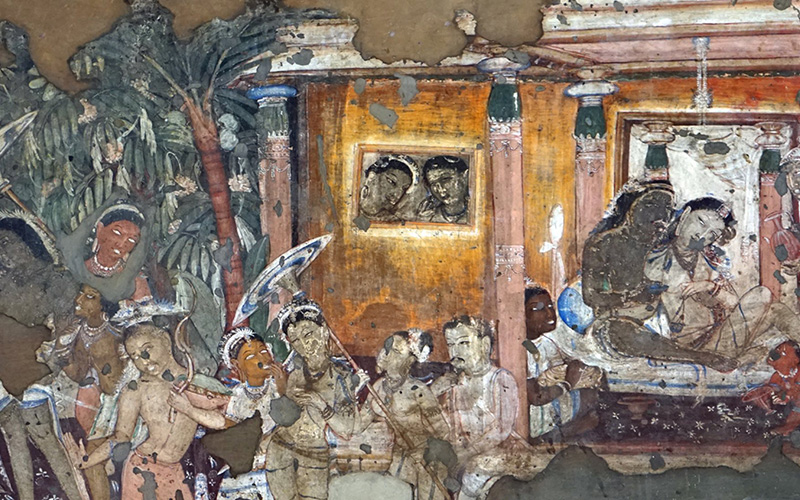
5 - 7 ct. AD
Bamiyan caves, Afghanistan
Tempera Murals
Tempera (also called egg tempera) was the fine art painting medium that superceded the encaustic method. Its name stems from the Latin word temperare, meaning 'to mix in proportion'. Unlike encaustic paints which contain beeswax to bind the pigments, or oil paints which use oils, tempera employs an emulsion of water, egg yolks or whole eggs (occasionally with a little glue, honey or milk). Examples of egg tempera still exist from Egypt, Greece, Rome and India dating back more than two thousand years, but the real flowering of the technique occurred in Europe during the medieval period, when it was the dominant form of painting up until the advent of oil paint in the 1500’s. Up until the middle of the Renaissance, the majority of paintings on wooden panels were done in egg tempera (the rest were encaustic which is not nearly as durable), with perhaps the most famous example of the time being Botticelli’s “Birth of Venus”. Tempera is typically applied onto a prepared surface. For example, walls were prepared with layers of gesso (a mixture of size and chalk) to form a smooth surface. The tempera was then applied (over a prepared drawing or sketch) and built up slowly in a series of thin, transparent layers.
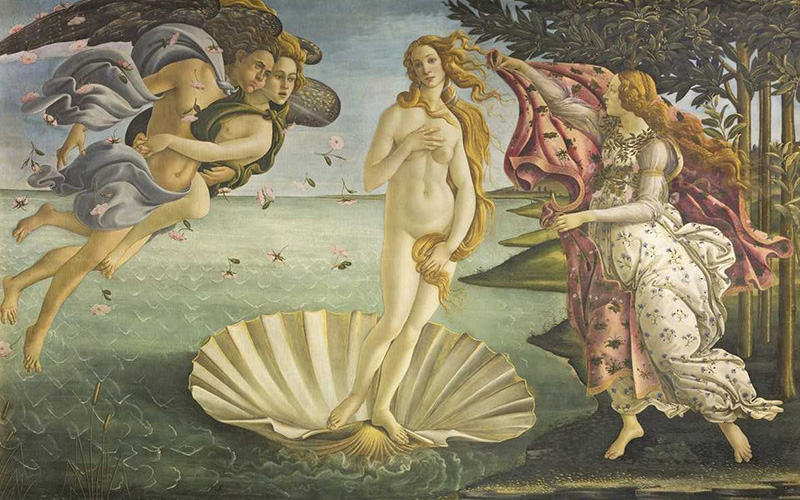
1480s
Sandro Botticelli Birth of Venus
Acrylic Murals
Acrylic paint is fast drying paint. Acrylic paints can be diluted with water, but become water-resistant when dry. Depending on how much the paint is diluted (with water) or modified with acrylic gels, media, or pastes, the finished acrylic painting can resemble a watercolor or an oil painting, or have its own unique characteristics not attainable with other media. Acrylic colour is the number one choice for murals because of its fast drying and durability. Painting murals with acrylics gives the artist a whole new perspective.
2017
Plant Room, Ulianka
Trompe-l'œil Murals
Trompe-l'œil, which can also be spelled without the hyphen in English as trompe l'oeil, (French for deceive the eye, is an art technique involving extremely realistic imagery in order to create the optical illusion that the depicted objects appear in three dimensions.)
2014
Bed Room, Ulianka
Testimonials
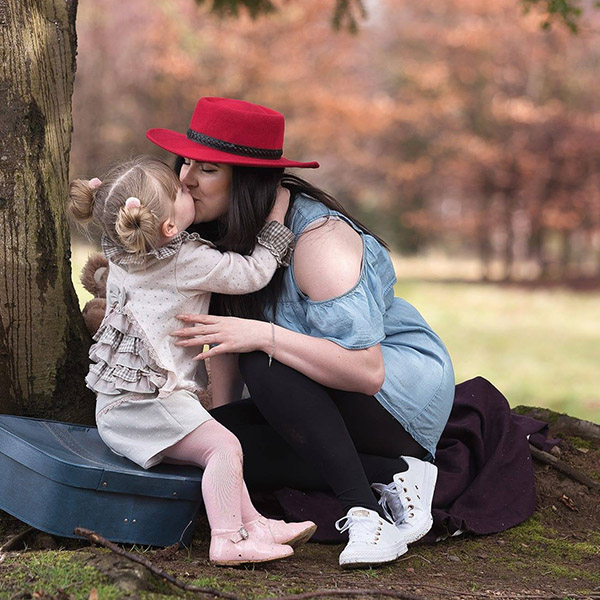
Shanna Angus
“Booked for my little girls 'Day of the Dead' themed birthday party and she was absolutely amazing! Every single face paint was flawless, and done super quickly so no long waits for kids. Also had so much variety of pictures to be painted. So something to suit everyone! Would highly recommend qnd will definitely be booking next year!❤❤”

Samantha Gray
“A fantastic artist! Ulianka is no ordinary face painter. She has such a talent, very professional and all the children, mums and dads loved her work. Thanks for helping to make Max's party so special. ”

Folasade Ashaye
“Ulianka is the most amazing face painter, she’s so good at what she does and extremely creative. She comes all dressed up for the children and has immense patience for kids. I would recommend her 100%”
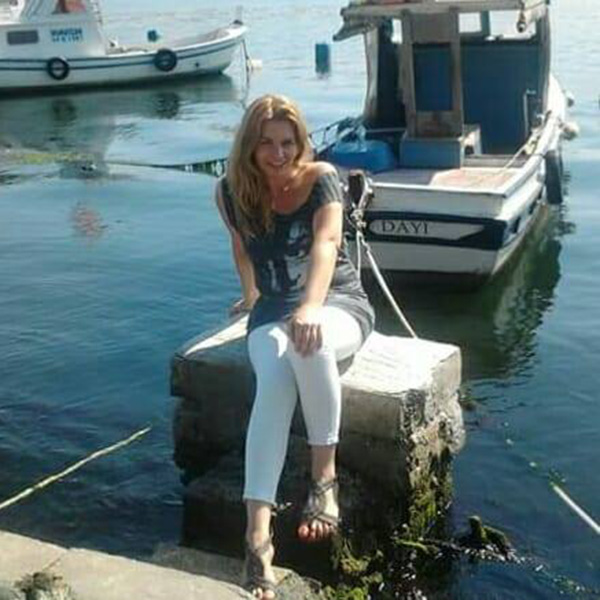
Ritsa Auṃkāra
“Absolutely reccomend Ulianka, as highly professional & experienced Face painter and Body Artist. Not only she had brought her talent to our public event. The feedback from guests and viewers was just incredible. She is the creator of magical atmosphere and art. All by her pure hands. Just can't reccomend enough. ♡ Thank you. Xxx”
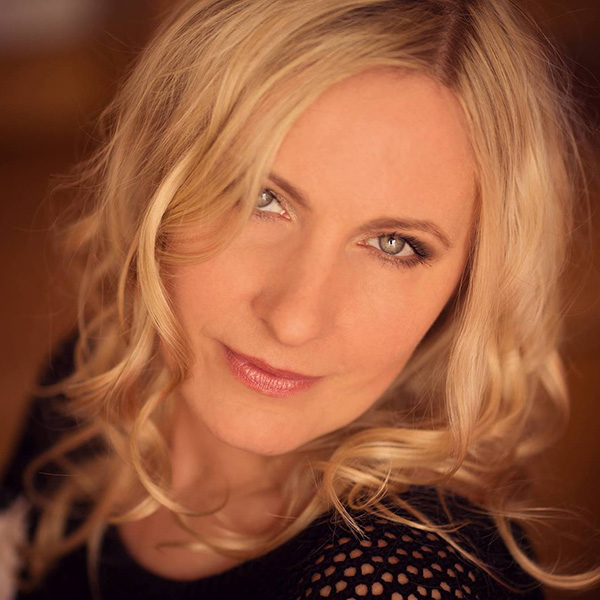
Dzo Anna
“Ulianka is a great artist, perfectionist and professional. She painted me and I turned into an Avatar, I was delighted with the execution and I recommend painting the body and face by Ulianka to everyone. Thank you, Ulianka! ❤”
